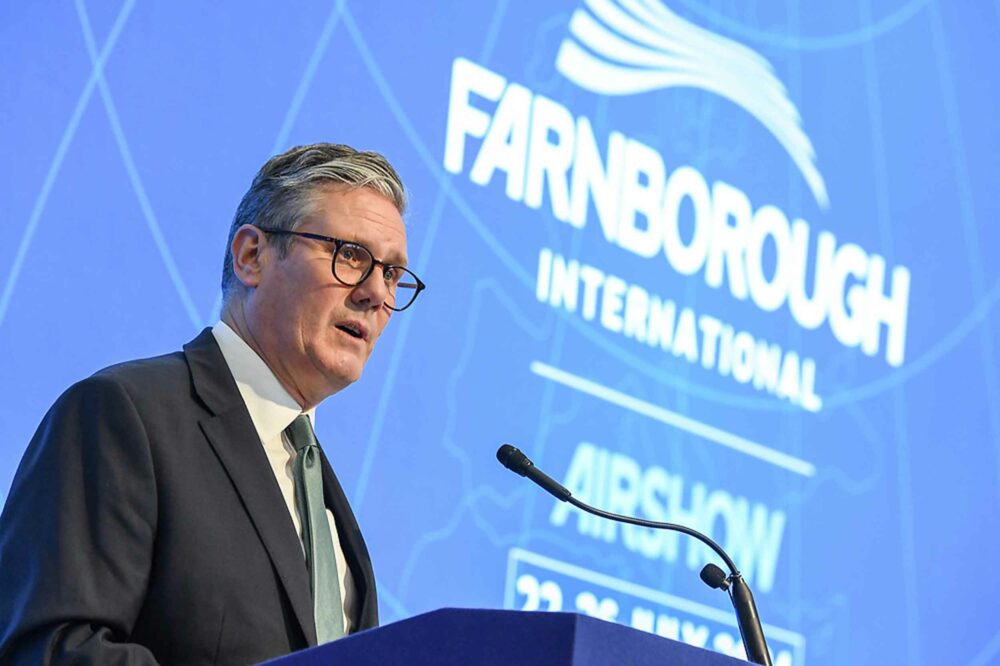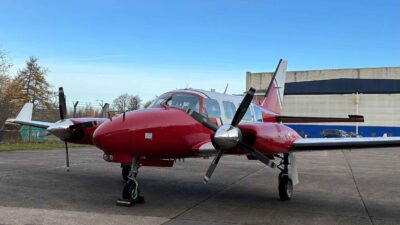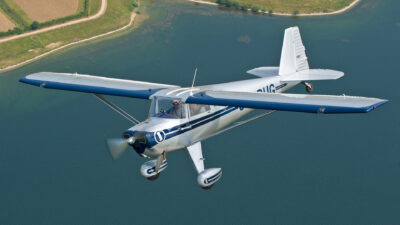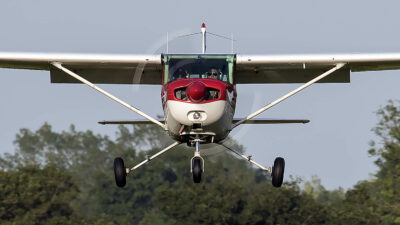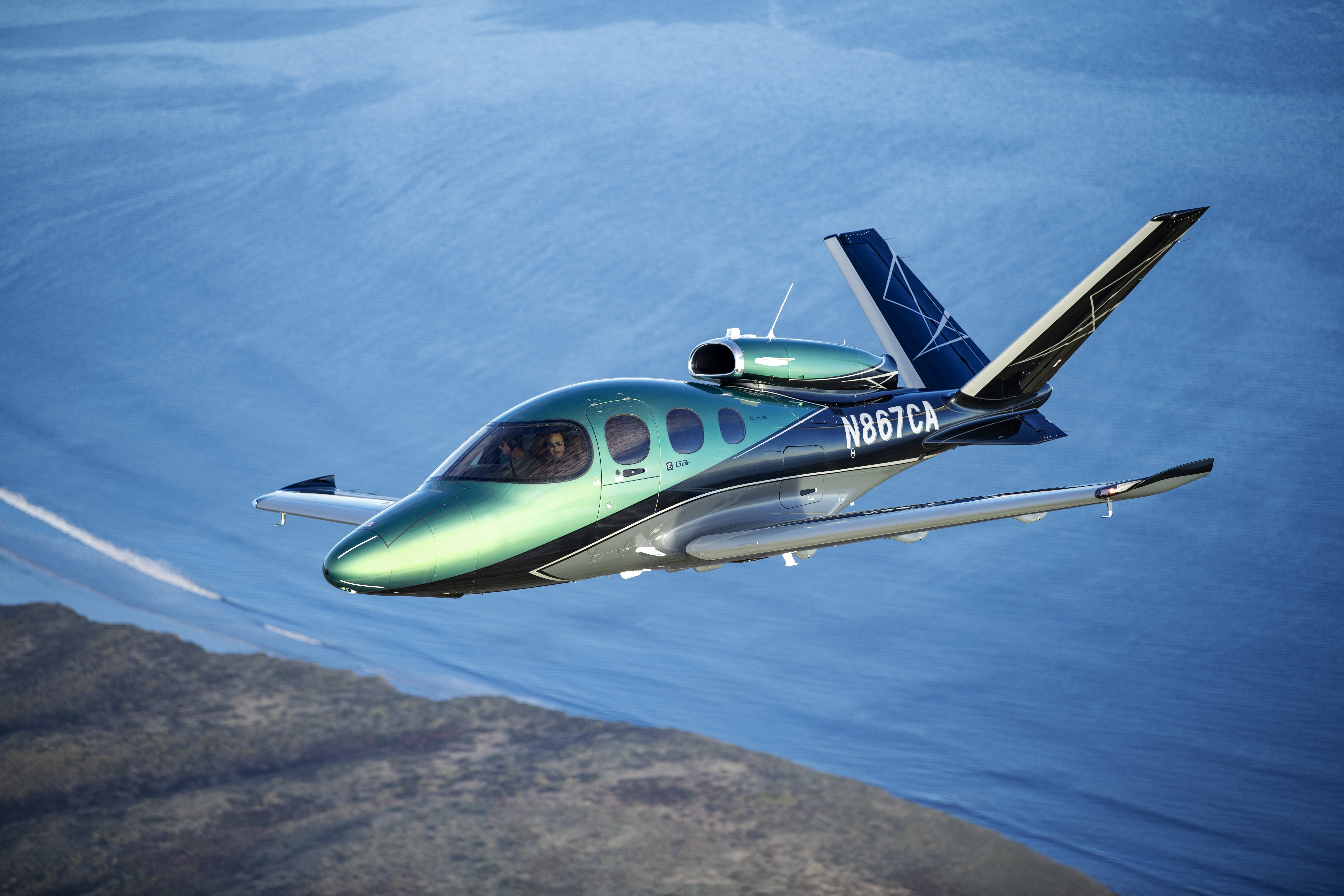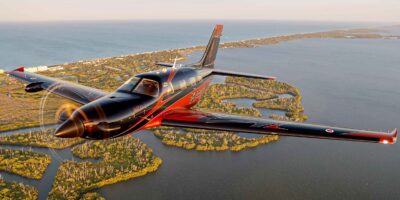Britain’s new Prime Minster, Sir Keir Starmer, turned up at the opening of the Farnborough International Airshow to emphasise how vital the aerospace industry is to the UK’s economy and the safety of the nation no less.
“It always gives me great comfort to know that Britain is at the cutting edge of defence and aerospace manufacturing,” he said.
Sir Keir then went on to talk about Skills England. The PM left it up to the Business and Trade Secretary Jonathan Reynolds to announce £100m+ for green aerospace research and development projects. Later in the week, new Aviation Minster Mike Kane announced more funds for the Reach for the Sky programme.
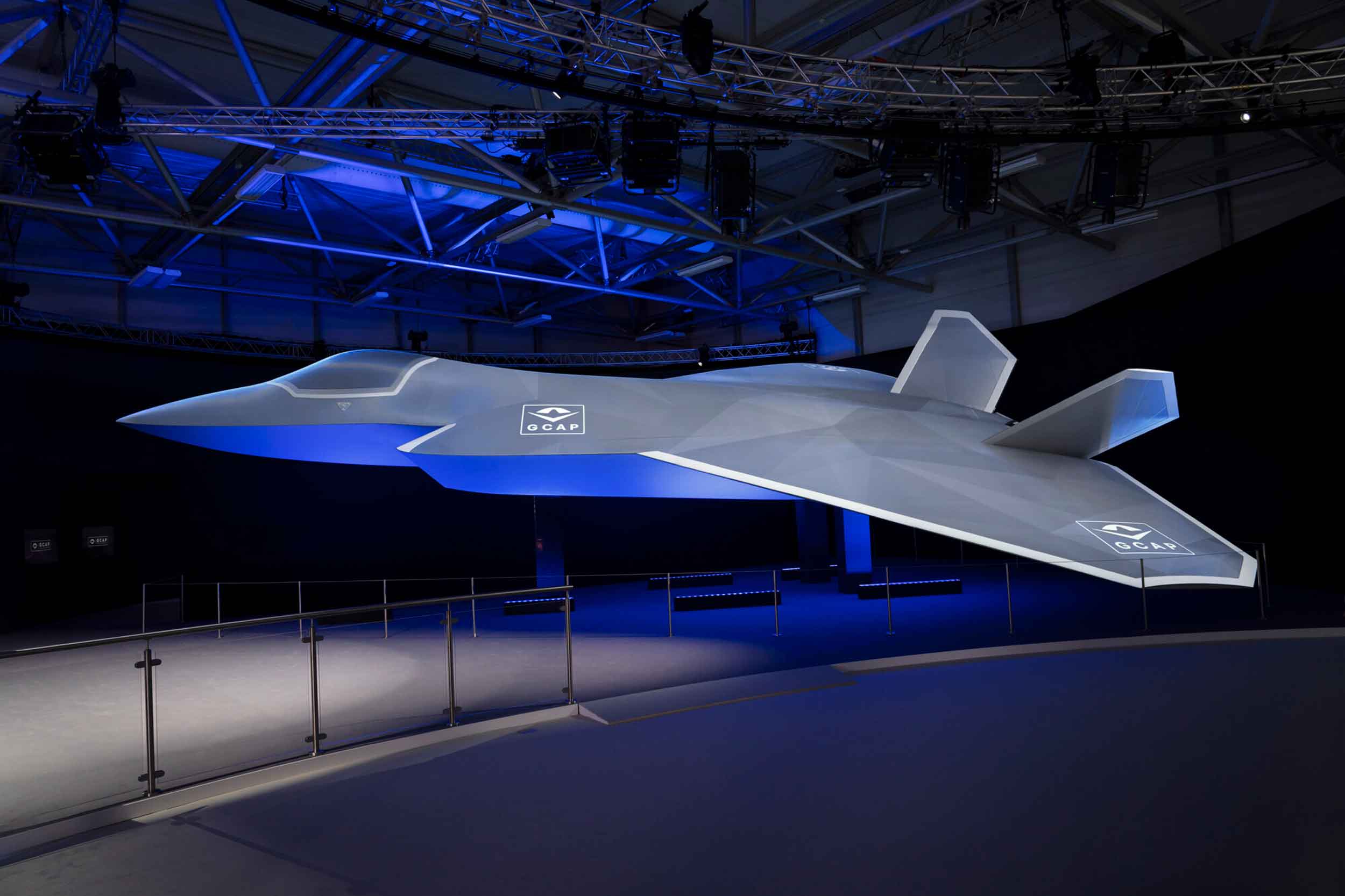
Tempest, the next-gen air combat aircraft being developed by GCAP
No word of direct support or the ‘green light’ for one of the biggest aerospace projects of all: the next-generation air combat aircraft which the UK calls ‘Tempest’ but has a cumbersome official title of Global Combat Air Programme.
Three nations make up GCAP – UK, Italy and Japan. They unveiled a new concept model of the aircraft which shows a much larger wingspan than previous versions which military experts said meant more fuel therefore longer range and heavier weapons load.
Herman Claesen, a Belgian, heads up Future Combat Air at BAE Systems, the UK end of GCAP, and was pragmatic about Tempest. “In the 18 months since the launch of the Global Combat Air Programme,” he said, “we’ve been working closely with our industrial partners in Italy and Japan and also with the three governments, to understand and align requirements.”
His Italian counterpart, Guglielmo Maviglia of Leonardo, was more enthusiastic: “The pace of the programme is extraordinary!”
And Japan’s Hitoshi Shiraishi, Senior Fellow at Mitsubishi Heavy Industries (MHI) was thoughtful: “We expect to obtain better results and deeper knowledge than ever before by combining the different cultures, experiences and knowledge of the three industries involved.”
What about the aircraft set to be in service in 2035?
“It will be one of the world’s most advanced, interoperable, adaptable and connected fighter jets in service, boasting an intelligent weapons system, a software-driven interactive cockpit, integrated sensors and a powerful next generation radar capable of providing 10,000 times more data than current systems, giving it a battle-winning advantage,” said BAE.
All it needs now is a government ‘yes’ and not a 1965 TSR2 decision.
eVTOLs everywhere
But none actually flying at the show. Hopefully by the next Farnborough, we’ll have some demo flights…
Five companies had aircraft on display:
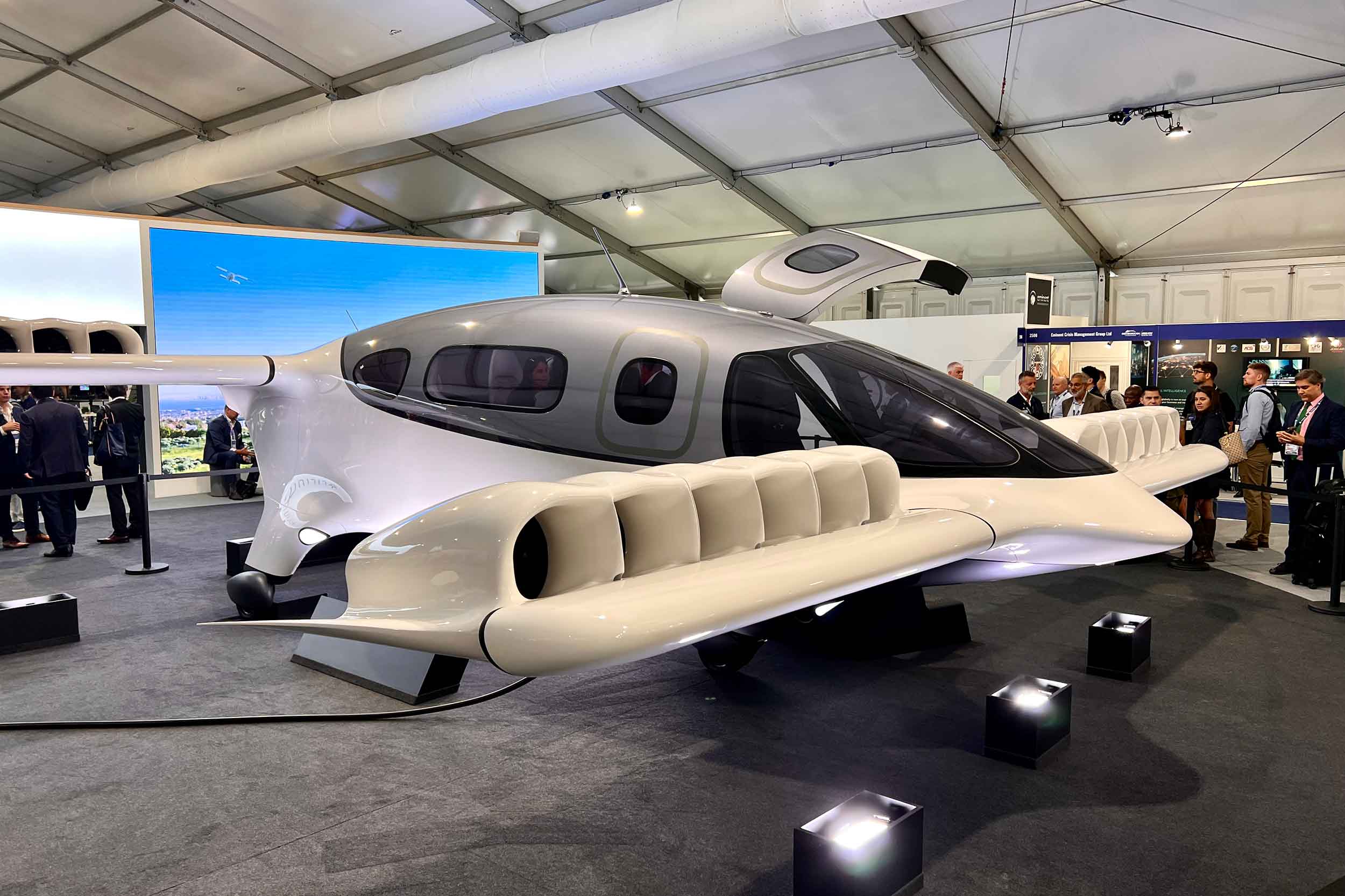
The latest Lilium Jet which is simply enormous with two highly impressive wings full of swivelling ducted fans.
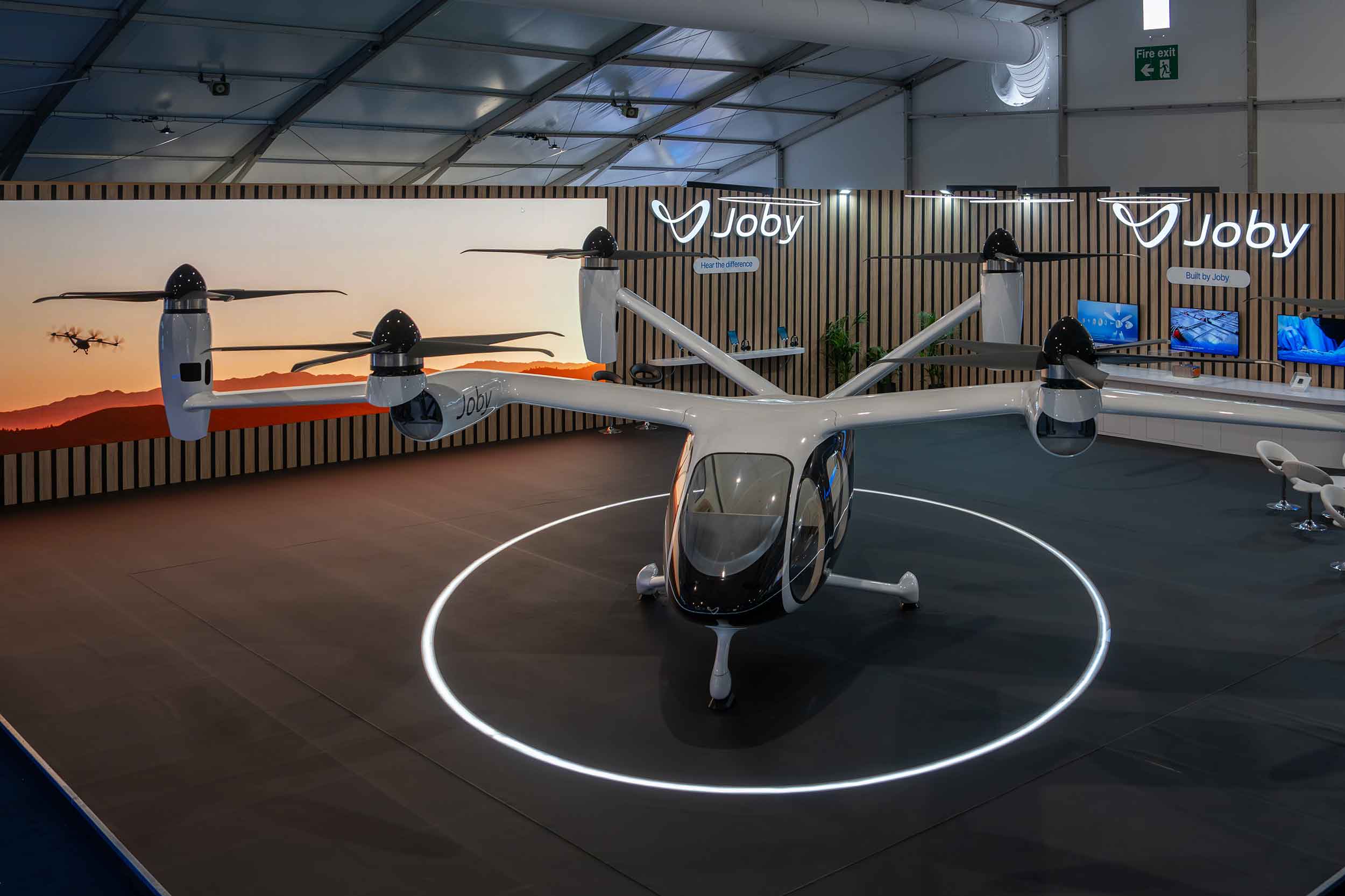
Joby left its flying prototype home in the US but had this display
California’s Joby Aviation has a flying prototype which last year gave demo flights in New York City. It’s compact in comparison with the Lilium and like the UK’s Vertical Aerospace VX4, uses tilting rotors for lift and drive. Oddly, Joby seems to think the UK market for eVTOLs is in the north of England, citing connecting Manchester and Leeds, which admittedly does need better links.
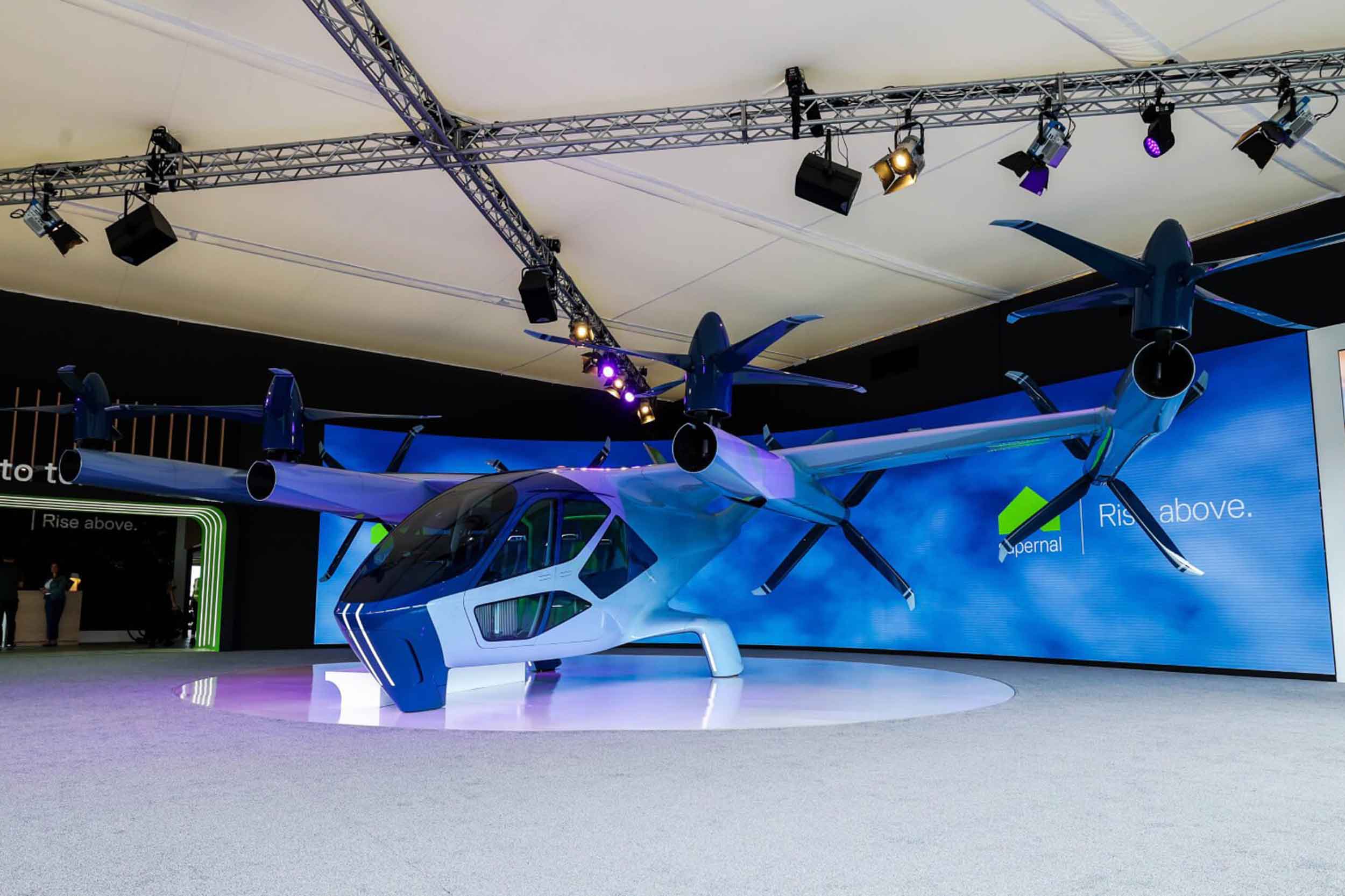
Hyundai’s Supernal SA-2 looking sci-fi
Supernal’s SA-2 is the best-looking so far, resembling some sort of predatory alien from a sci-fi movie. It’s from South Korean car manufacturer Hyundai which probably recognises the need for the product to have kerb appeal as well as engineering credentials.
Boeing’s Wisk Aero project is different. This is going straight to the idea of a pilotless four-seat air taxi whereas others have a pilot. That adds a certain extra something expensive and time-consuming to the certification process.
Brazilian manufacturer Embraer showed a cabin mock-up of its eVTOL called ‘Eve’ and, again, they are taking a different view working on a ‘holistic’ approach to the whole passenger drone eco-system.
Where was Vertical Aerospace? The Bristol company had a stand at FIA but its new prototype is starting ground tests so, wisely, they decided to press on with that.
Wet, wet, wet
No, not the weather although it wasn’t wonderful. Amphibious aircraft are back in favour it seems with two previously announced projects attending the show… but not with full-size aircraft.

Jekta PHA-ZE 100 concept
Instead, words, ideas, spec and concept illustrations surround the Jekta, a Swiss project (yes, land-surrounded Switzerland!) and their news is that they have selected ZeroAvia’s hydrogen fuel cell propulsion for its electric PHA-ZE 100 aircraft. They’ve also just signed a deal with a Japanese operator for 14 aircraft.
Then there’s US based Mallard Enterprises which is proposing a reboot of the Mallard seaplane which it calls ME-1A. The news is that an operator of seaplanes in India called Mehair (Marine Energy Heli Air) has signed a Letter of Intent to order 50 of the ME-1A.
Around the show
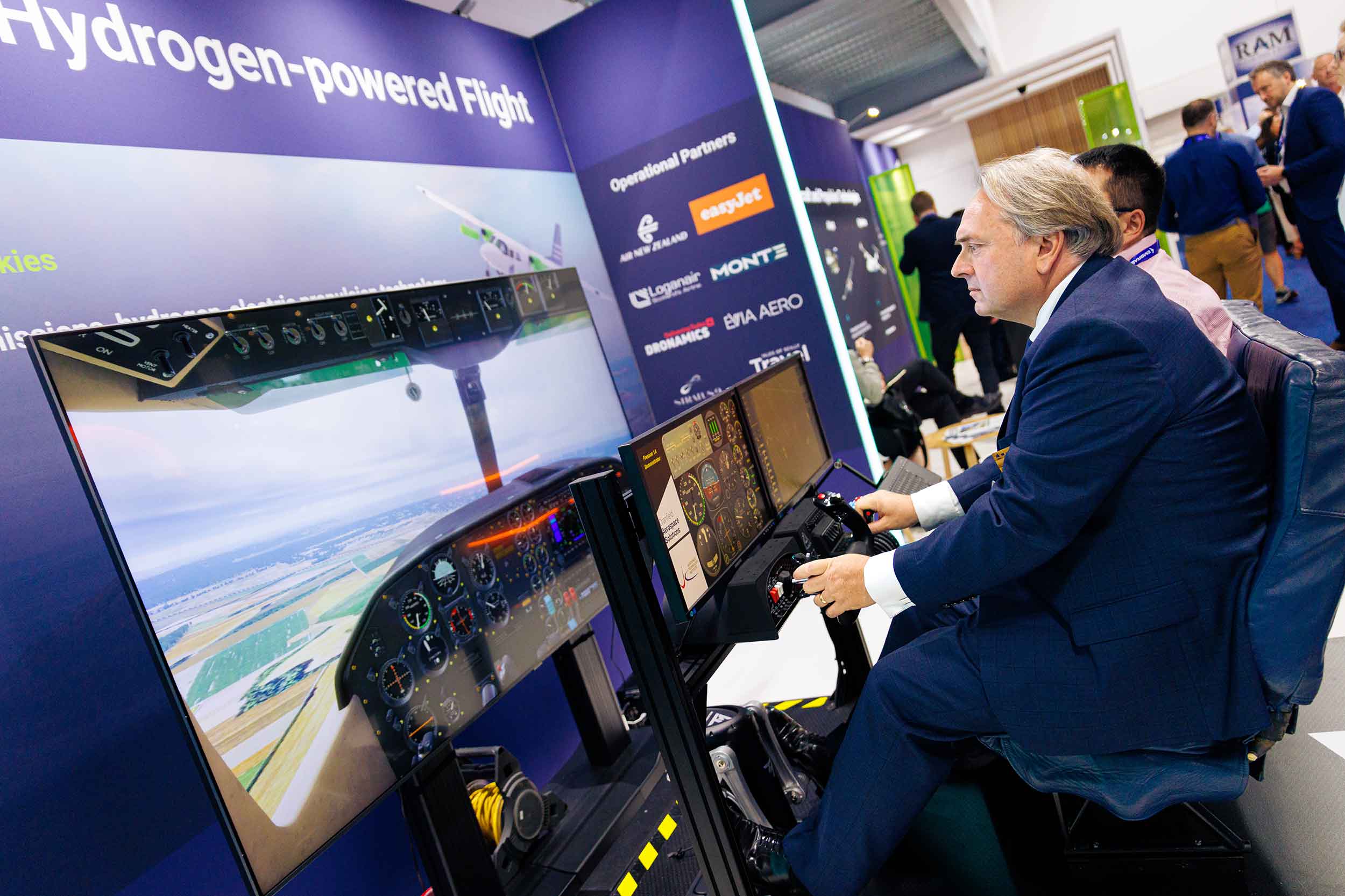
Cranfield Aerospace Solutions had a fascinating simulator to demo its hydrogen powered Islander
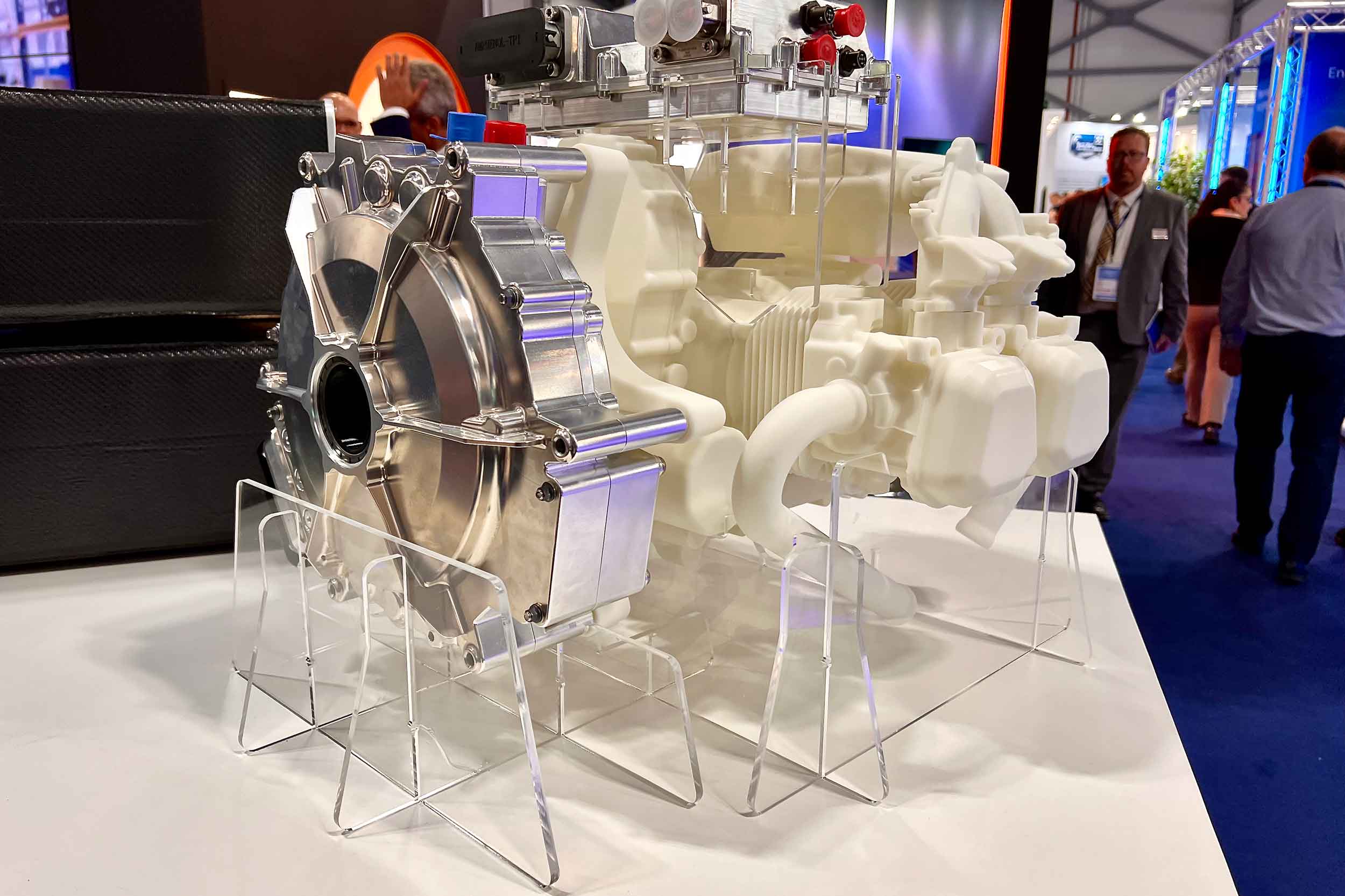
British company Evolito had this curious beast on display – one of its axial flux electric motors bolted to the front of a model of a four-cylinder avgas burning aero engine
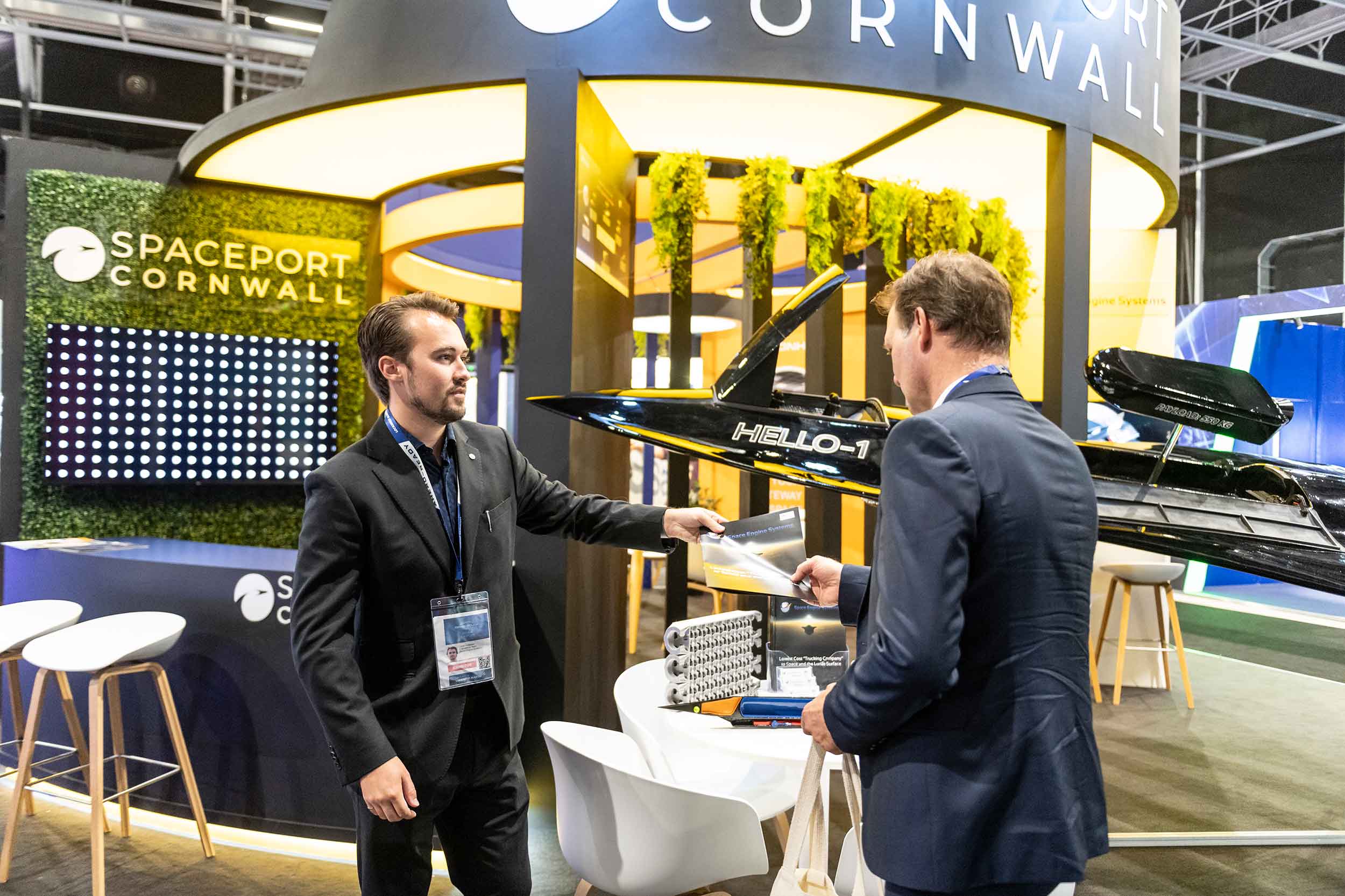
Even Cornwall’s Spaceport was there making its case
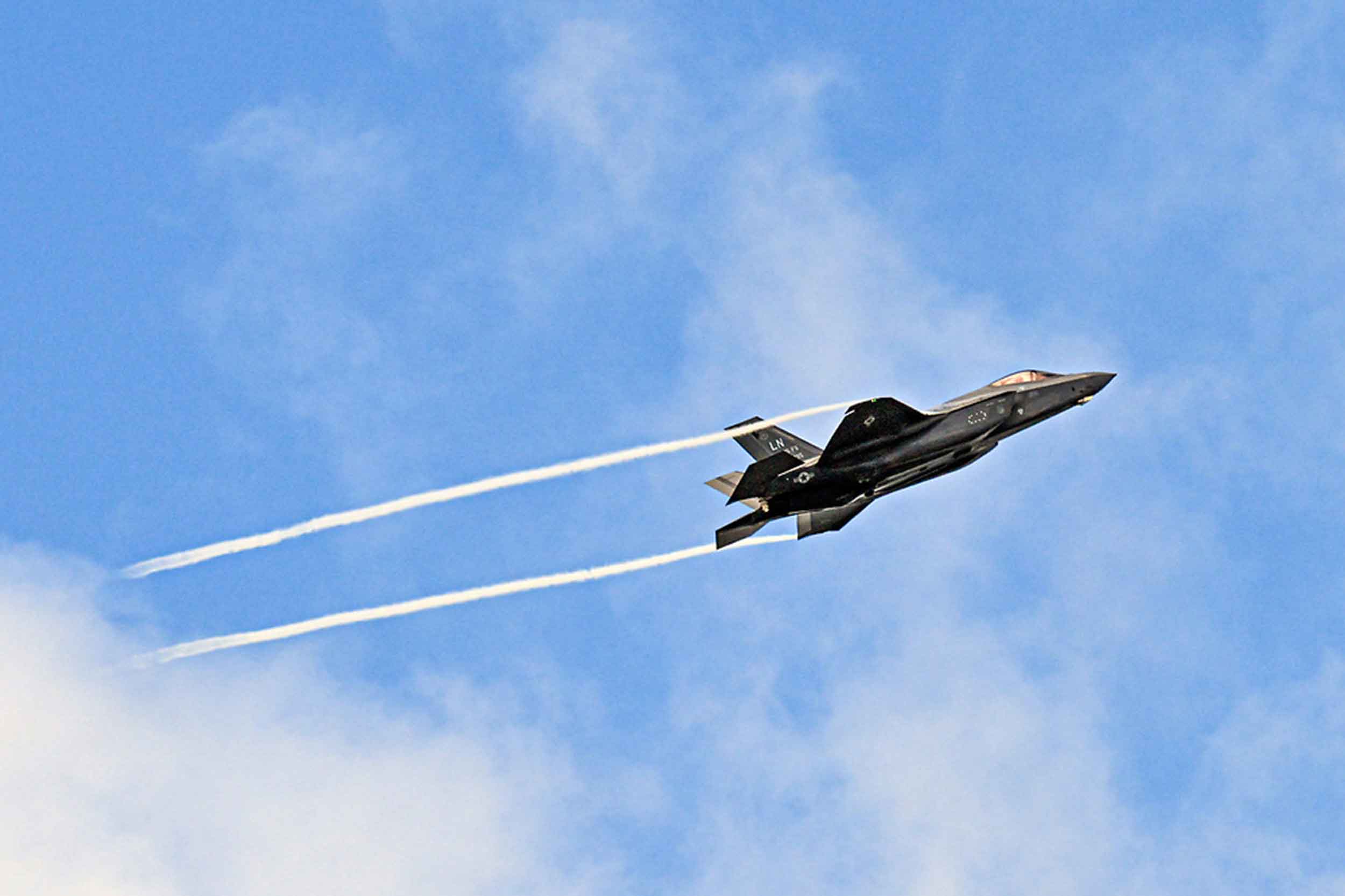
Outside, the airshow is well worth watching for its mix of military and civil aircraft
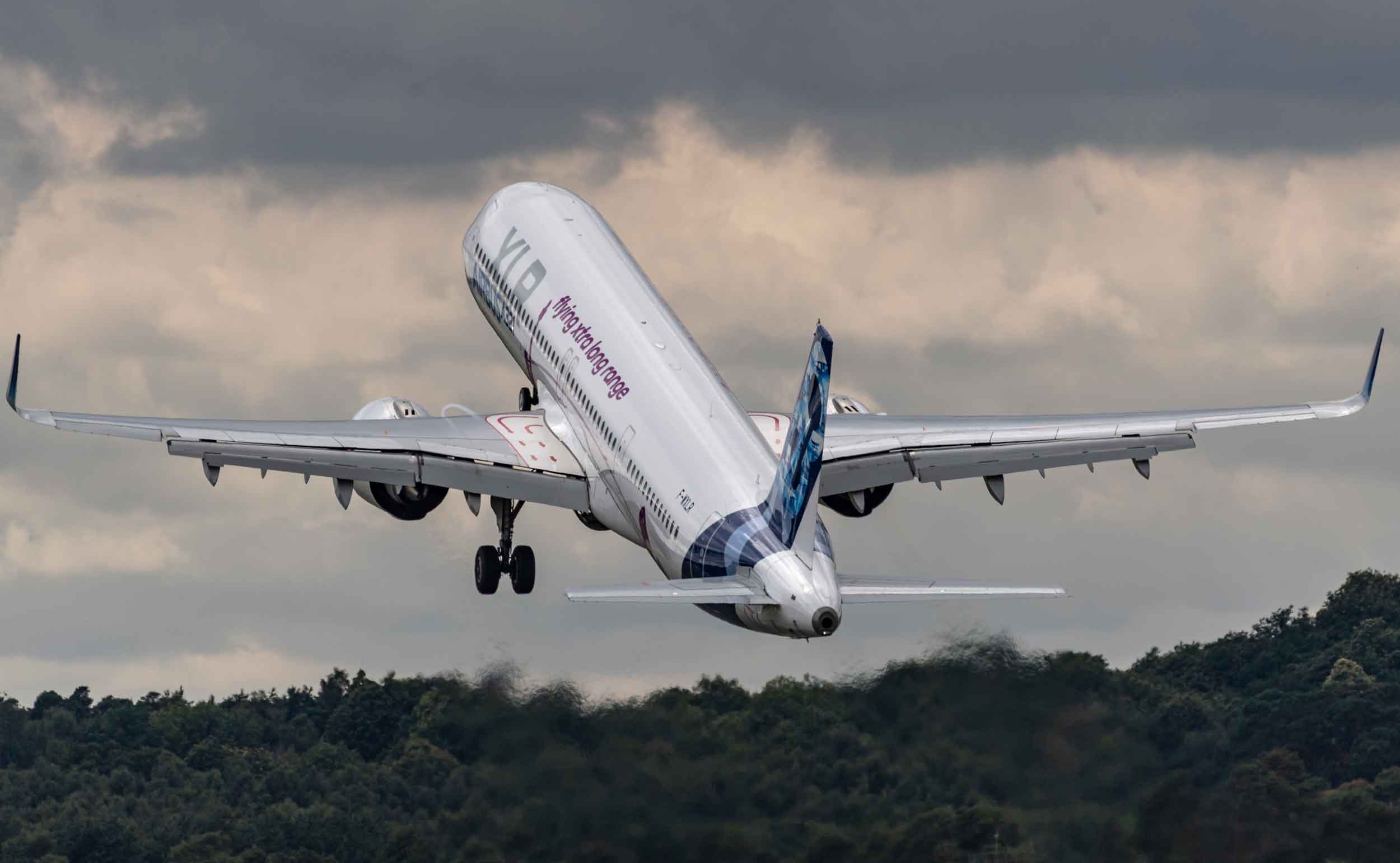
It’s especially fun to see empty airliners being thrown around


